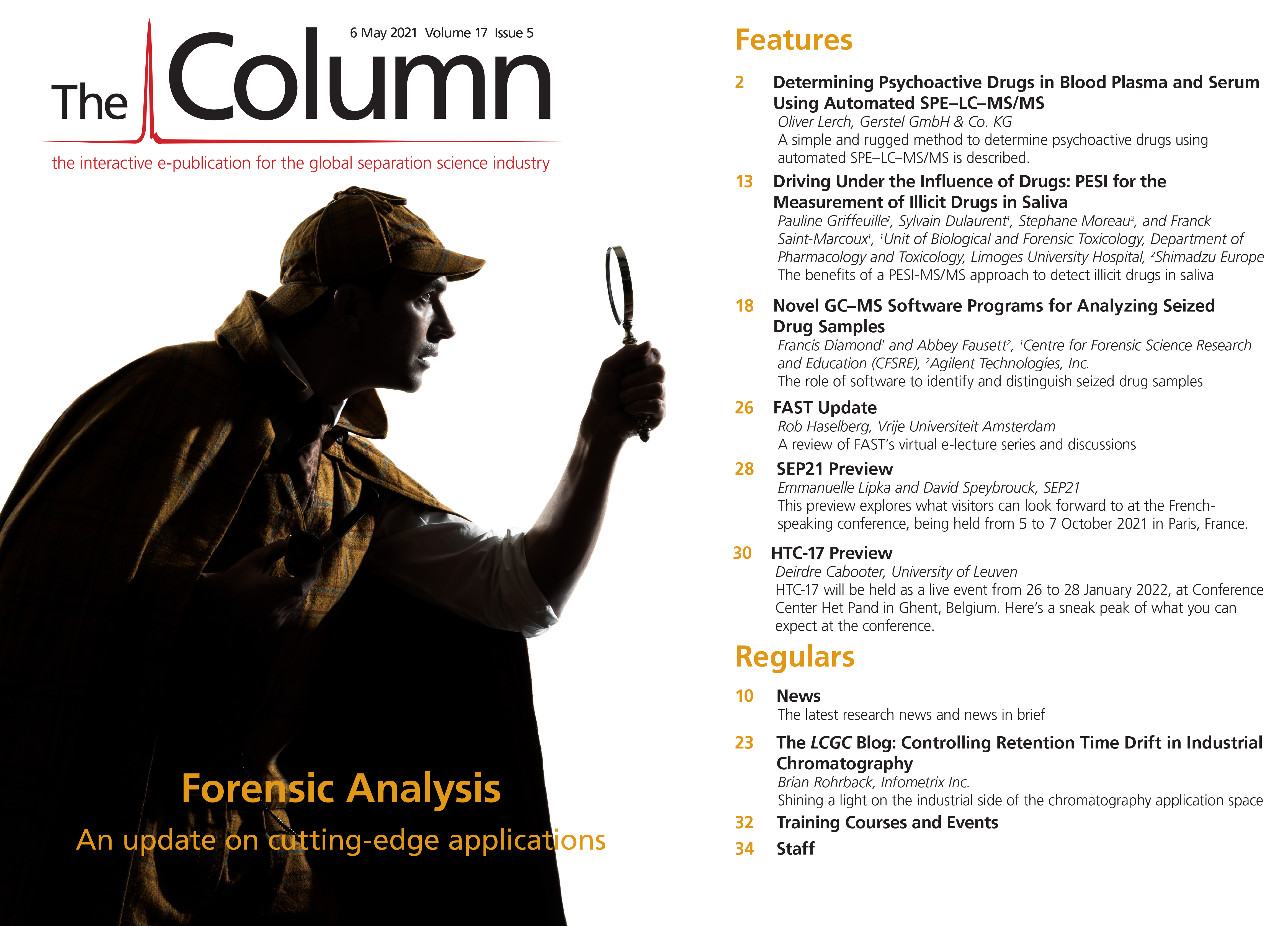Differentiating Frontotemporal Dementia Through Metabolomics
Researchers have investigated the plasma metabolite profile of patients with frontotemporal dementia and Alzheimer’s disease using an untargeted metabolomic approach in combination with GC–MS.
Researchers have investigated the plasma metabolite profile of patients with frontotemporal dementia (FTD) and Alzheimer’s disease (AD) using an untargeted metabolomic approach in combination with gas chromatography–mass spectrometry (GC–MS) (1).
Frontotemporal dementia (FTD) is a neurodegenerative disorder characterized by progressive impairment in behaviour, executive function, and language. It is one of the most common causes of neurocognitive disorder in people under 65 years old with around 10 in every 100,000 persons likely to be afflicted. The most common form of FTD is a behavioural variant (bvFTD), which is clinically different to atypical AD cases and which it can sometimes be mistaken for. Generally, survival is shorter and cognitive decline is faster than with typical AD cases. Therefore, a differential diagnosis between bvFTD and atypical AD cases is crucial.
Currently, to differentiate between bvFTD and AD cases requires an evaluation of cognition and cerebrospinal fluid (CSF) biomarkers as well as a neuroimaging investigation and genetic mutations screening; however, an accurate diagnosis still poses a clinical challenge in specific cases. Furthermore, the collection of CSF requires an invasive lumbar puncture procedure, access to molecular neuroimaging methods can be restricted, and no blood biomarkers have been identified.
An alternative to diagnosis through these methods could come with the investigation of metabolites by Tsuruoka et al. (2), who identified six serum metabolites that were significantly increased in patients with dementia as well as 45 additional metabolites identified as candidate markers that could discriminate patients with dementia from cognitively healthy controls. As such, researchers aimed to investigate the plasma metabolite profile of patients with bvFTD compared to AD patients and cognitively healthy individuals using an untargeted metabolomic approach, with hopes to identify biological mechanisms and possible biomarkers for bvFTD diagnosis.
Results found a reduction in the levels of palmitoleic, oleic, and lauric acids in the bvFTD group compared to the AD group, however, no significance after multiple comparison correction was observed. Reduced levels of creatinine, glycine, tryptophan, uric acid, hypoxanthine, serine, valine, threonine, isoleucine, homoserine,methionine, glutamic acid, capric acid, tartronic acid, fumaric acid, and myoinositol, metabolites related to glycine/serine/threonine, alanine/aspartate/glutamate pathways and aminoacyl-tRNA biosynthesis, were also found in the bvFTD group when compared to controls. This led researchers to theorize that bvFTD patients may present an impairment of amino acid metabolism and the translation process.
Researchers hope this study can encourage further and more robust studies to fully explore the possibility of biomarkers for the diagnosis of this dementia form.—L.B.
References
- A.L.M. Santos, J.G. Vitório, M.J.N. de Paiva et al., J. Pharm. Biomed. Anal. 189, 113424 (2020).
- M. Tsuruoka et al., Electrophoresis 1, 2865–2872 (2013).

Thermodynamic Insights into Organic Solvent Extraction for Chemical Analysis of Medical Devices
April 16th 2025A new study, published by a researcher from Chemical Characterization Solutions in Minnesota, explored a new approach for sample preparation for the chemical characterization of medical devices.
Sorbonne Researchers Develop Miniaturized GC Detector for VOC Analysis
April 16th 2025A team of scientists from the Paris university developed and optimized MAVERIC, a miniaturized and autonomous gas chromatography (GC) system coupled to a nano-gravimetric detector (NGD) based on a NEMS (nano-electromechanical-system) resonator.
Miniaturized GC–MS Method for BVOC Analysis of Spanish Trees
April 16th 2025University of Valladolid scientists used a miniaturized method for analyzing biogenic volatile organic compounds (BVOCs) emitted by tree species, using headspace solid-phase microextraction coupled with gas chromatography and quadrupole time-of-flight mass spectrometry (HS-SPME-GC–QTOF-MS) has been developed.
A Guide to (U)HPLC Column Selection for Protein Analysis
April 16th 2025Analytical scientists are faced with the task of finding the right column from an almost unmanageable range of products. This paper focuses on columns that enable protein analysis under native conditions through size exclusion, hydrophobic interaction, and ion exchange chromatography. It will highlight the different column characteristics—pore size, particle size, base matrices, column dimensions, ligands—and which questions will help decide which columns to use.

















